With India’s huge population, COVID-19 has hit this beautiful country hard making it very difficult and unadvisable to travel for months. I know that many people miss exploring new places though and keep busy by planning their next travel destination once it is safe again.
But there are some places in India you’ll want to AVOID when planning your next trip in beautiful India:
1. Mumbai
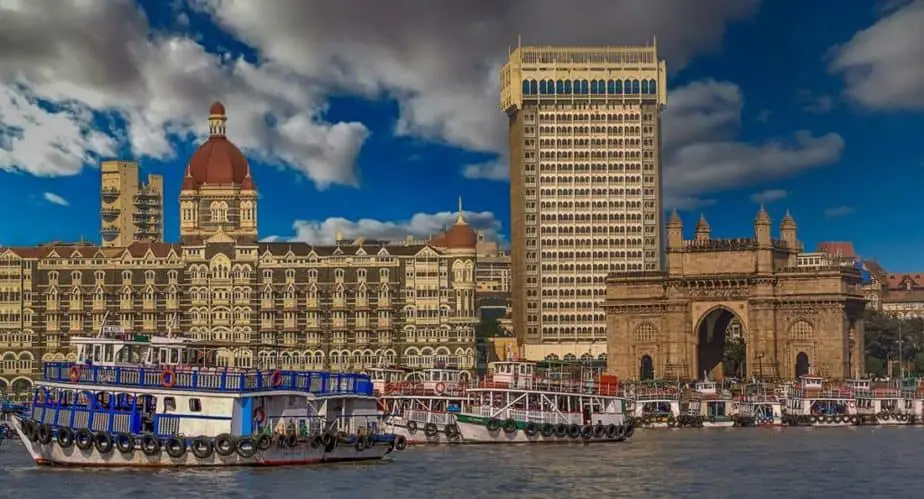
Mumbai is the entertainment and financial capital of India, but it’s also the best place to avoid.
The state of Maharashtra had almost two times more COVID-19 cases than the second-highest state of Andhra Pradesh in September… and Mumbai is one of the epicenters of this deadly virus in India. In mid-September of 2020, there were over 172,00 cases.
Considering that Mumbai has approximately 73,000 people per square mile and is one of the most densely populated places in the world… the odds of contracting the virus are much higher here.
If you fly into Mumbai, then be sure to get a connecting flight to a safer place.
2. Pune
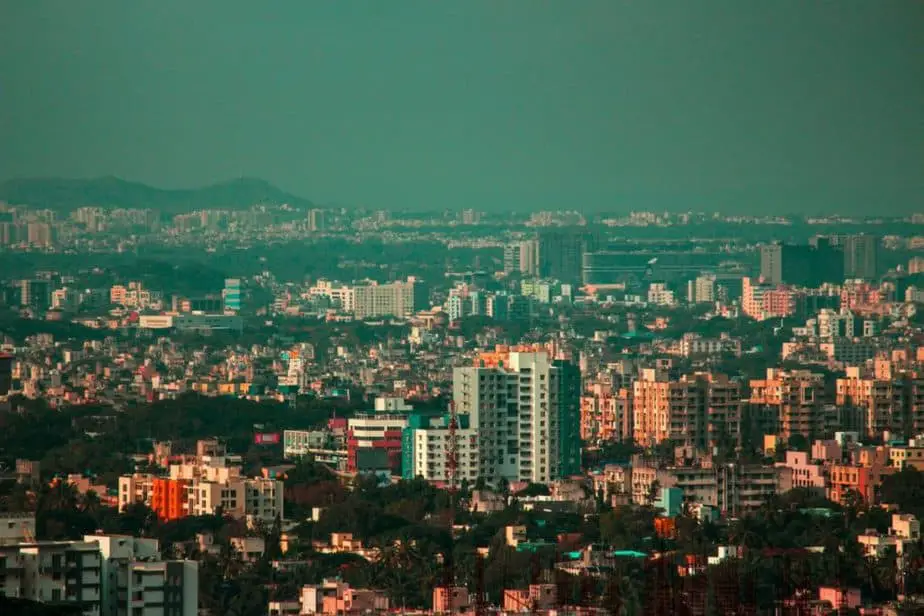
Pune is another city in Maharashtra with even more COVID-19 cases than Mumbai. In September of 2020, there were more than 235,000 cases here and the number is growing faster than other cities.
The city of Pune is far smaller than Mumbai with only 3.99 million people and a population density of 5,600 people per square km, but it’s not worth the risk.
This is a shame because the Dagdusheth Halwai Ganpati Temple is a well-known tourist attraction and draws in many pilgrims throughout the year.
3. Chennai
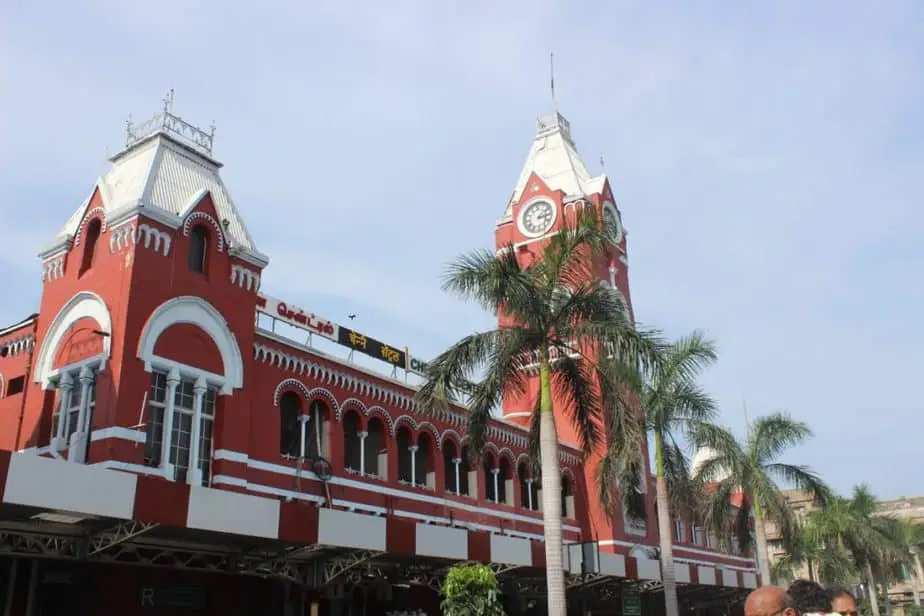
Chennai is a traditional city in South India, known for having the longest urban sandy beach and being the home of the Tamil film industry.
But the city had more than 149,000 cases of COVID-19 in September of 2020 and the state of Tamil Nadu has the third-highest number of cases in India with more than 500,000.
The population density in Chennai is more 26,553 people per square km, which is about the same number as New York City. The odds of contracting the virus and maintaining social distancing would be difficult here.
4. Bengaluru
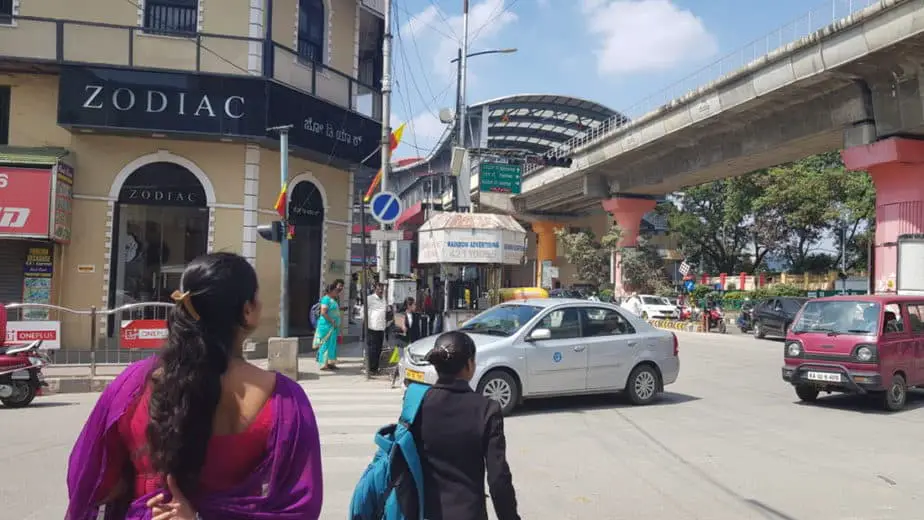
The “Silicon Valley of India” has some of the highest cases of COVID-19 in India with more than 173,000 as of September 2020.
The state of Karnataka where Bengaluru sits has the fourth-largest number of cases in India with more than 459,000 cases.
While it would be amazing to go meet some other professionals or go to a pub for a happy hour here, it’s not recommended. The population is 12.95 million people with 12,000 people per square km.
5. Varanasi
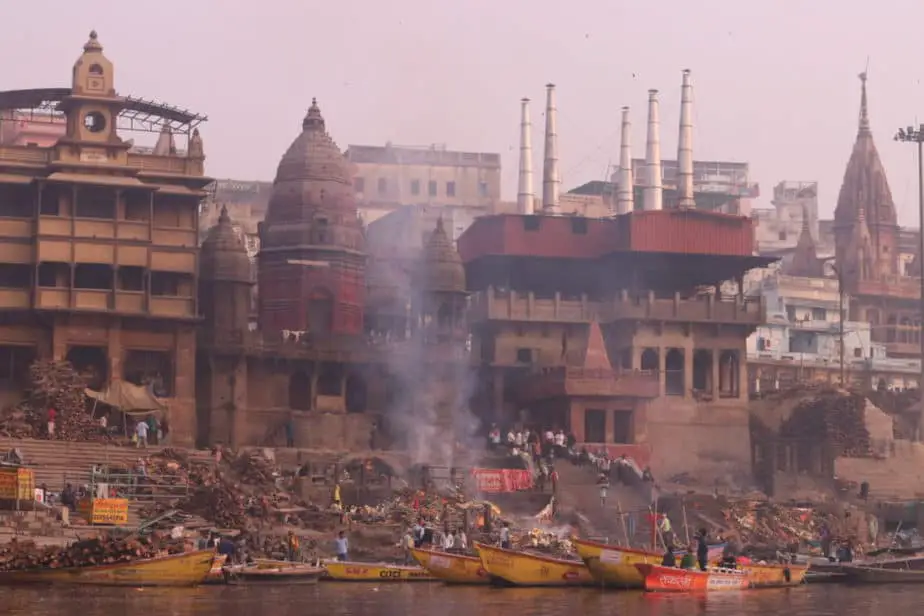
The state of Uttar Pradesh has the sixth-highest number of COVID-19 cases in India with more than 312,000.
Lucknow is the biggest city in Uttar Pradesh and has more than 40,000 cases. But it’s not the biggest tourist destination.
Varanasi is the spiritual heart of India and draws a big crowd of domestic and foreign tourists.
Varanasi has more than 10,900 COVID cases and there are 2,399 people per square km. This is fewer than some of the other places I recommend avoiding, yet Varanasi has something that other cities do NOT have… narrow lanes.
Along the Ganges in the historical part of Varanasi, tiny stone-cobbled lanes wind here and there, and it would be impossible to be six-feet from other people.
I loved my time in Varanasi and am planning to go back one day soon, but it will be after COVID-19 cases have dropped much more.
6. Delhi
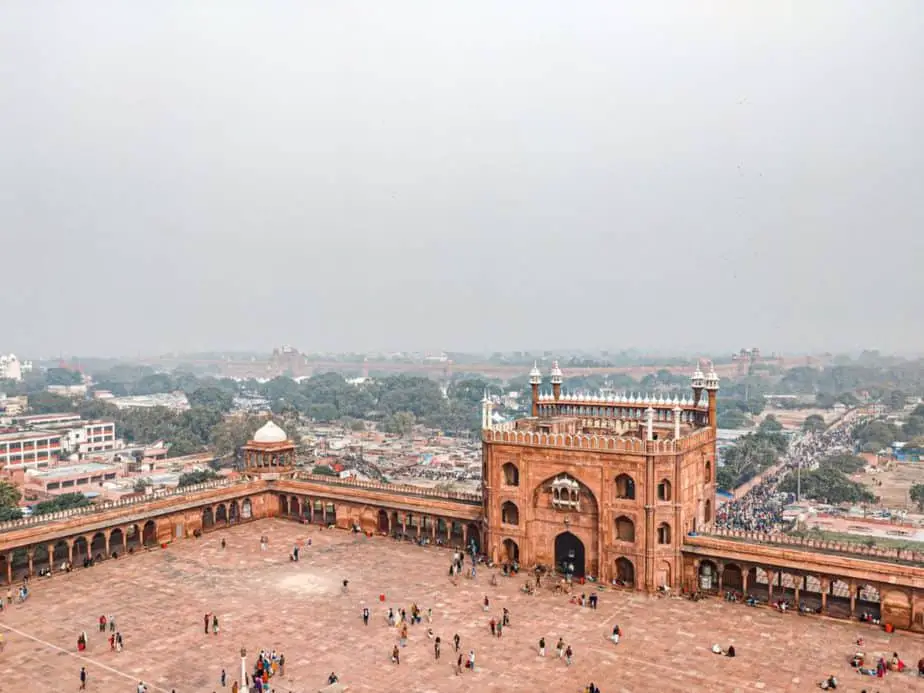
Most foreign tourists fly into the Indira Gandhi International Airport when coming to India, and Delhi is loved or hated by many tourists.
I would love to visit it more thoroughly than I did last time, but I won’t be planning a trip here until after it is very safe from COVID-19.
Delhi is a small state, yet because the population is 190 million people it has more than 218,000 cases of COVID-19.
The population density of the city of New Delhi is 11,312 people per square km, and some of its iconic areas like Chandni Chowk are swarming with people. It’s best to avoid this destination for now.
7. Kolkata
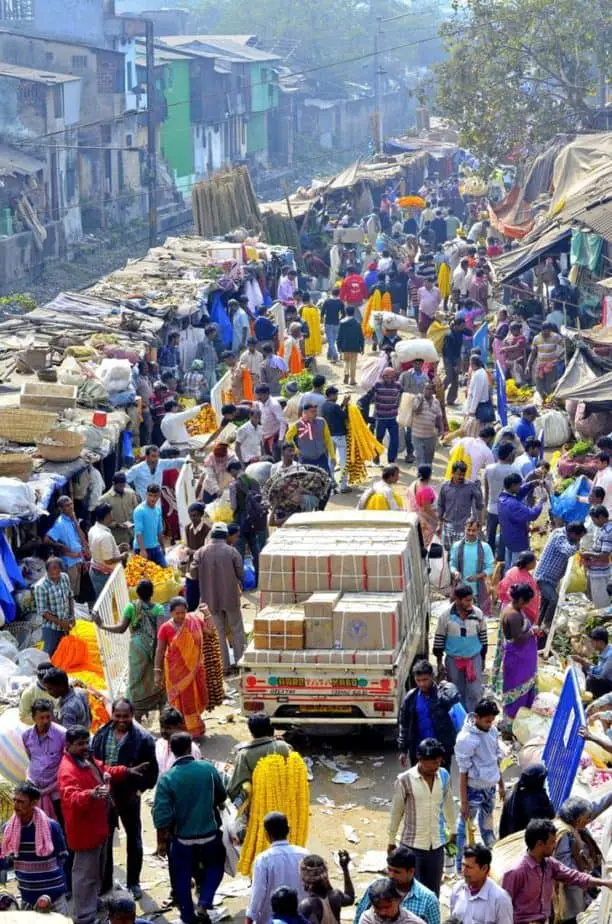
The state of West Bengal has the seventh-highest total of COVID-19 cases with more than 202,000 total. Kolkata is the biggest city in the state and has more than 47,000 cases.
With a population density of 22,000 people per square km, it is one of the densest cities in India behind Mumbai.
I’m super bummed about not being able to see this place soon because it is the cultural center of Eastern India and an innovator in the arts. The famous Nobel Prize winner, Rabindranath Tagore is from here and I’d like to explore his work more.
Plus, I hear the street food is some of the best in India!
8. Hyderabad
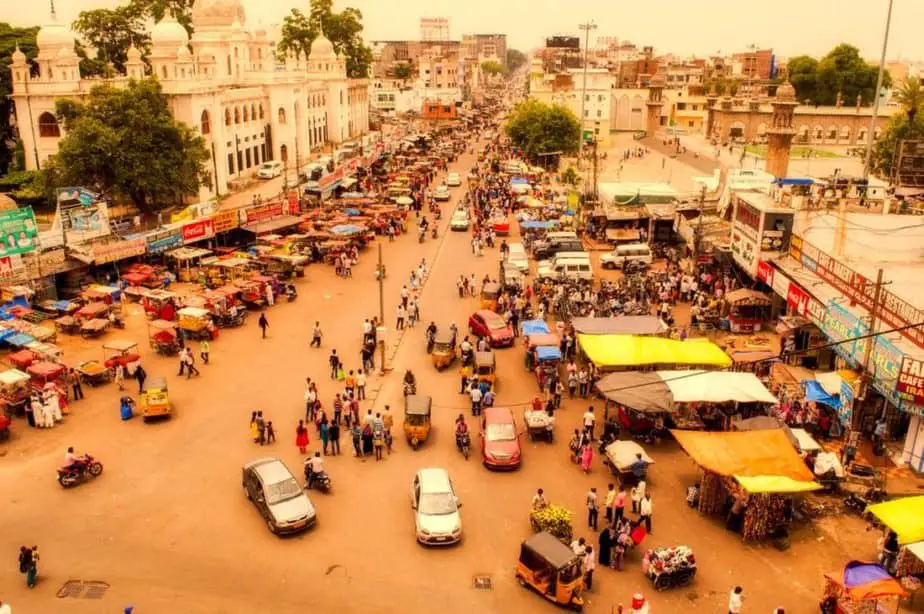
The state of Telangana has the eighth-highest total of COVID-19 cases, and I almost skipped this state, because it’s not a huge tourist destination. In fact, most people have never heard of Hyderabad!
But Hyderabad is one of the top places in India for digital nomads with low rent prices, strong internet and plenty of safe places for tourists to live. The only thing is there is not a whole lot of fun things to do.
If you were thinking of heading to Hyderabad, I would avoid it for now. They had over 56,000 cases of COVID-19 and the state of Telangana has more than 158,000.
9. Jaipur
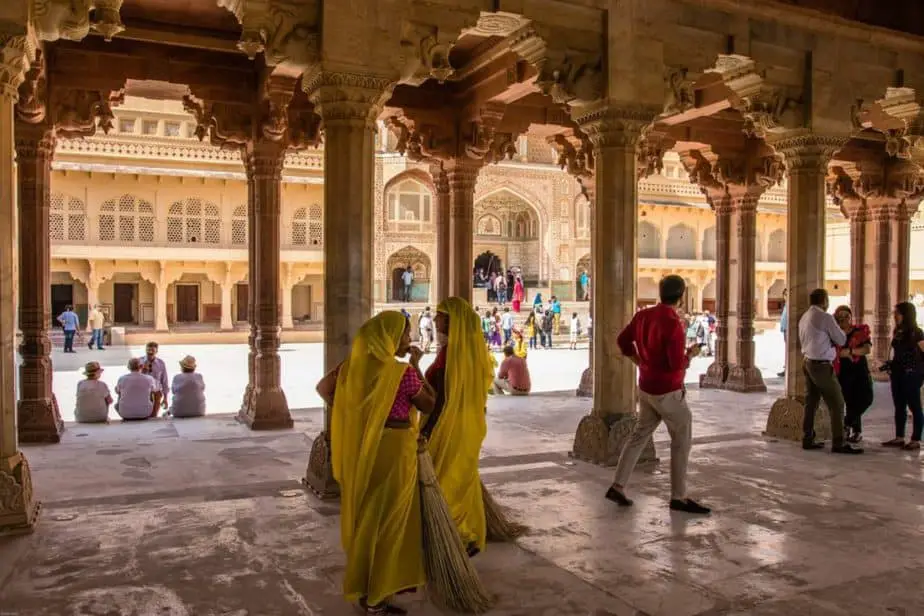
The state of Rajasthan has fewer cases than a number of states with the fourteenth-highest number of COVID-19 cases at more than 102,000.
Jaipur though is one of the most visited places in India and for good reason. The “Pink City” as it’s called has the:
- Amber Palace – A 16th-century fort and palace on the hill overlooking the city.
- Hawa Mahal – The “Palace of the Winds” and the place where the women of the court would watch the festivities in the streets.
- City Palace – A palace from the 18th-century that is now a museum.
- Jal Mahal – A palace built in the middle of the lake in 1799.
There is much more to see here, but since Jaipur has 15,000 cases and a population density of 6,800 people per square km, it’s best to avoid it for now.
10. Jodhpur
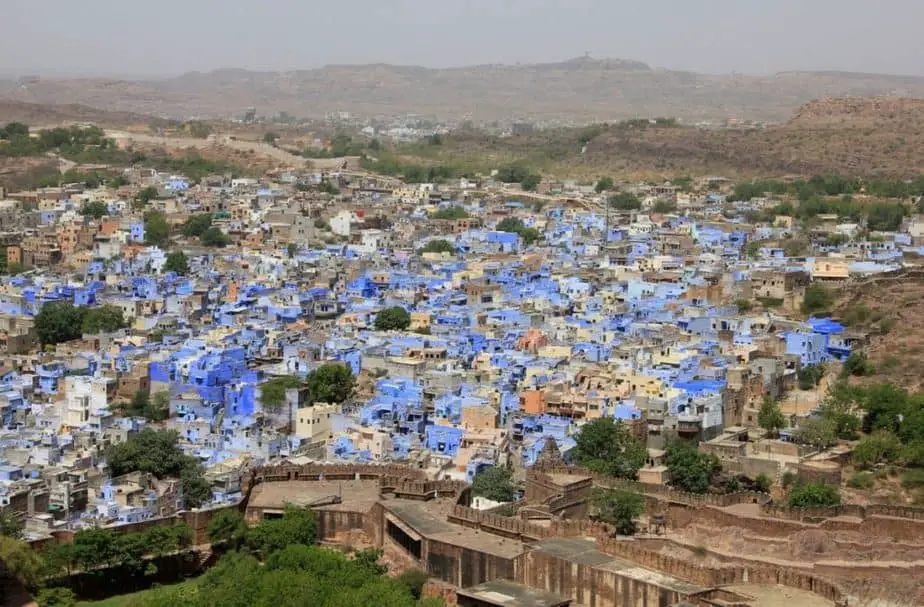
Another city to avoid in Rajasthan is the “Blue City” of Jodhpur. It’s the second-largest city in the state and has logged more than 15,000 cases of COVID-19 so far.
This will mean you’ll have to miss the Mehrangarh Fort and museum which is one of the biggest forts in India and similar to the Amber Palace towers above the city.
Plus, the streets are lined with striking blue painted homes which were painted that way because the priests wanted their homes to be a royal color.
What Places Are Safe To Visit In India After The COVID-19 Lockdown?
With the unpredictability of the virus, it is difficult to say if any place in India or the world is 100% safe.
But a few things are clear. You’ll want to avoid a place that:
- Has A dense population
- Has A large number of COVID-19 cases
- Requires you to use public transportation
- Is too far from home
I’m planning some trips once things are safe again and these are the places I’m looking at closely:
1. Goa
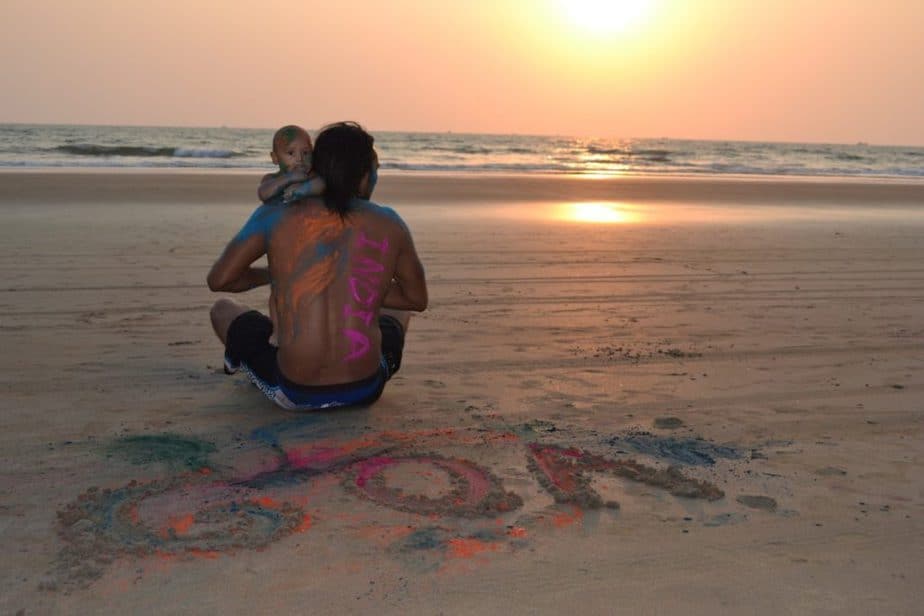
Goa is a huge state with more than 3,702 square kilometers of land and 35 beaches along 100 kilometers of coastline.
Goa has reported more than 24,000 cases across the entire state, but South Goa has reported only ~3,500 and and North Goa has reported only ~2600.
I am sure that I could find a more chill quiet beach to enjoy while maintaining social distancing. Plus, since it is so reliant on tourist money the hotels and restaurants have an incentive to stick to strict safety procedures.
2. Andaman & Nicobar Islands
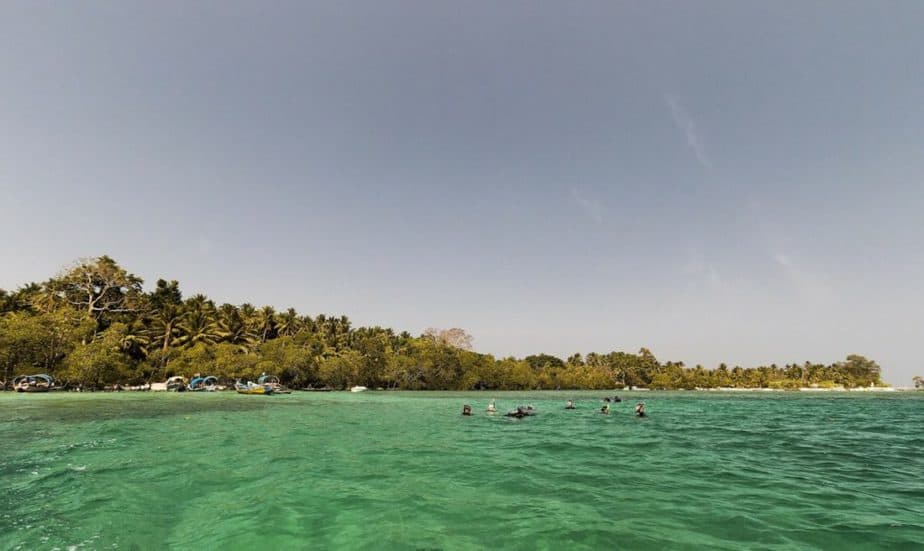
The Andaman & Nicobar Islands have one of the most beautiful beaches in Asia on Havelock Island, AND they’ve only recorded a bit more than 3,500 cases. Some islands have less than 100 cases!
Since it’s so far removed from mainland India and reliant on tourist dollars, it seems like a great place to visit after it is safe again.
3. Rishikesh
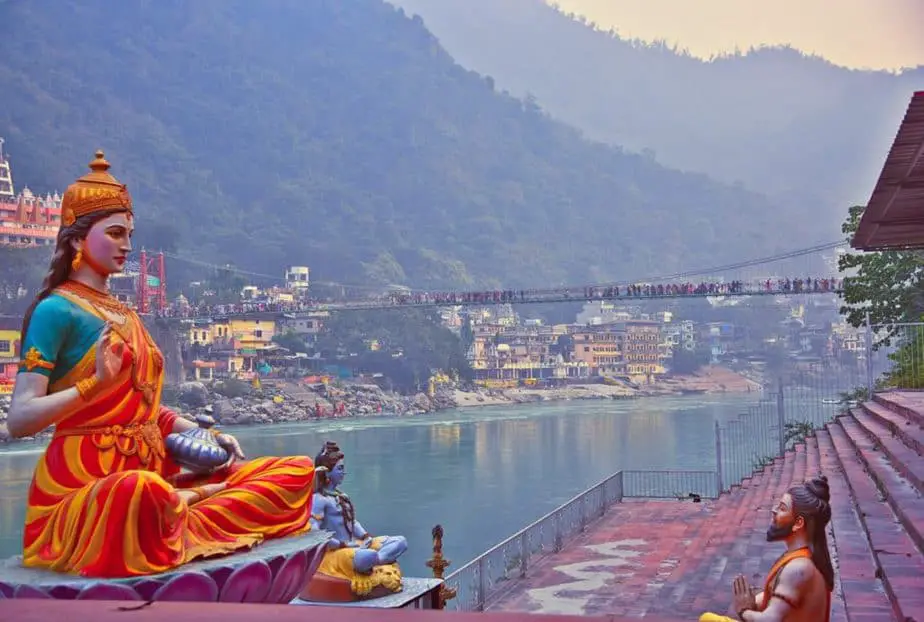
Rishikesh is the Yoga Capital of India, which is saying a lot, and draws in a lot of international tourists.
It is situated along the Ganges River and in the foothills of the Himalayas. The city only has 102,000 people and hasn’t logged more than a few hundred cases of COVID-19.
The whole state of Uttarkhand where it resides has only logged 31,000 cases.
Since it is also reliant on tourists, it seems like a good place to visit to relax along the Ganges and walk in the hills once it is safe. In fact, in September the state of Uttarkhand was giving out tourist vouchers for discounts on accommodation to encourage tourism.
4. Small Cities in Himachal Pradesh
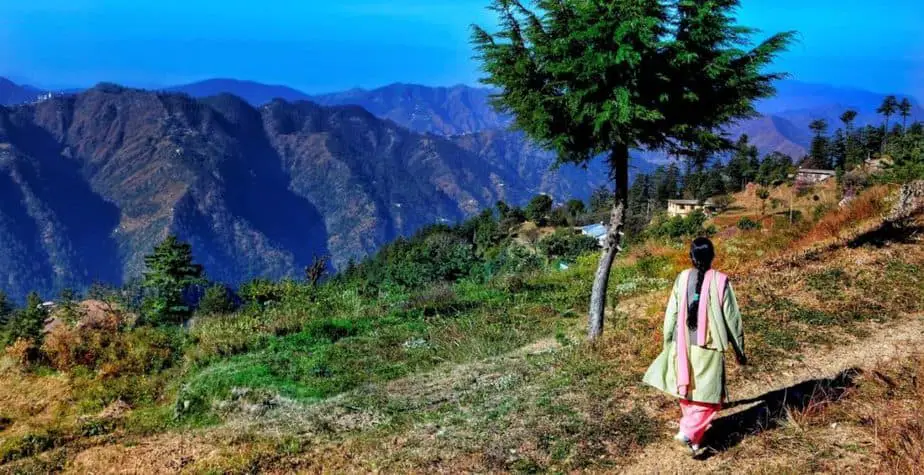
The whole state of Himachal Pradesh has had less than 10,000 COVID-19 cases and one of the biggest cities Shimla has had just more than 600 cases.
I’d love to visit the small mountain cities like Dharamshala and Manali to get a taste of the Himalayas.
Since the cases are so low and these cities are so small, it would be a good time to visit.
5. Northeast India
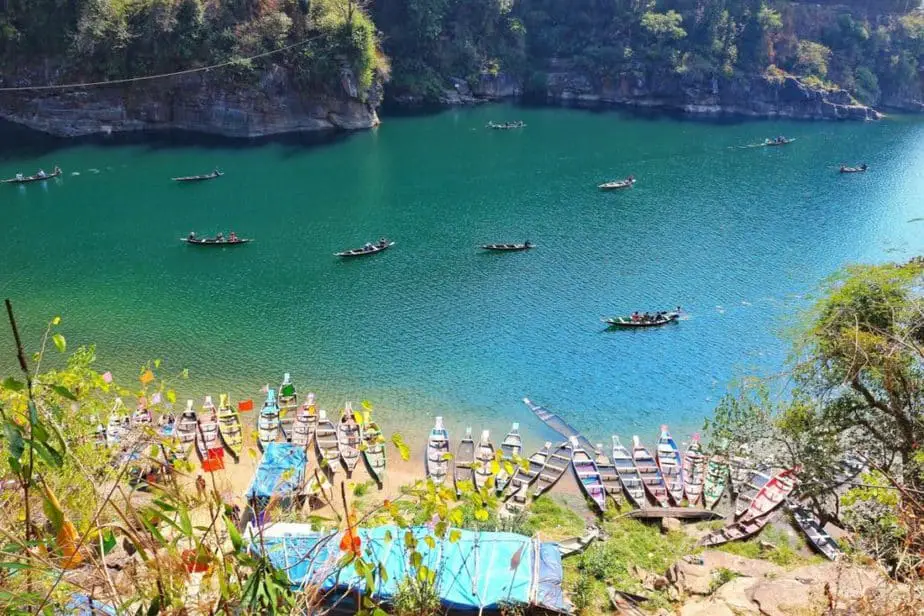
Northeast India is one of the least visited places in India and has jungles and valleys that are very remote.
The COVID cases are also very low. Mizoram had less than 1,500 cases so far. Sikkim had just over 2,000 cases. Meghalaya had just over 3,700 cases.
These states have so much natural beauty. For instance, Meghalaya has Mawlynnong, the cleanest village in India, that is often called “God’s own Garden.”
This seems like the perfect place to avoid people and get off the beaten path to explore a beautiful part of India.
6. Roadtrips to Places Near Me like Hampi or Mahabalipuram

You may also be thinking this would be a good time for a road trip! If I rented a car or better yet a sleeper van, this would be the ideal way to explore less populated places in India with a much lower risk of contracting the virus.
I’m currently staying in the southern state of Tamil Nadu, and the ruins of Mahabalipuram are close.
Mahabalipuram is a UNESCO site with 7th- and 8th-century ruins of religious monuments. There is so much wide open space to walk around the temples it would be easy to maintain social distancing and I could also drive just a few hours to get home if I needed to.
If I wanted to make a longer trip, then I have my sights set on Hampi. It is also a UNESCO World Heritage Site and is located in the nearby state of Karnataka.
There are 1,600 ruins of Hampi, which are spread out over 16 square miles, so there is plenty of space to roam.
Final Words:
If you’re considering traveling after COVID-19, then it’s best to avoid places that have a lot of people and a lot of COVID cases.
Fortunately, India has 3,287 million square kilometers to explore and there are many less populated areas that would be safe to travel to like Goa, the Andaman & Nicobar Islands, Rishikesh, the small cities of Himachal Pradesh, the states of Northeast India, and ruins close to me like Hampi or Mahabalipuram.
If you’re considering a trip to India, I wrote about how crowded India is, which could inform your next travel destination.
Related Articles:

